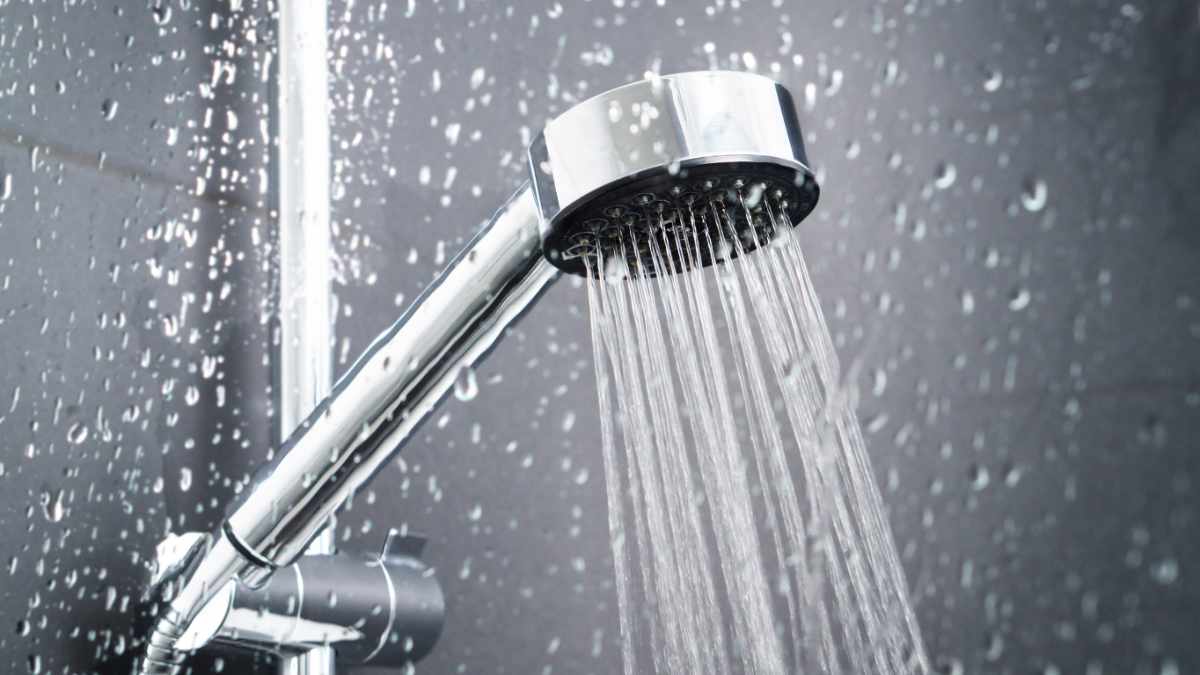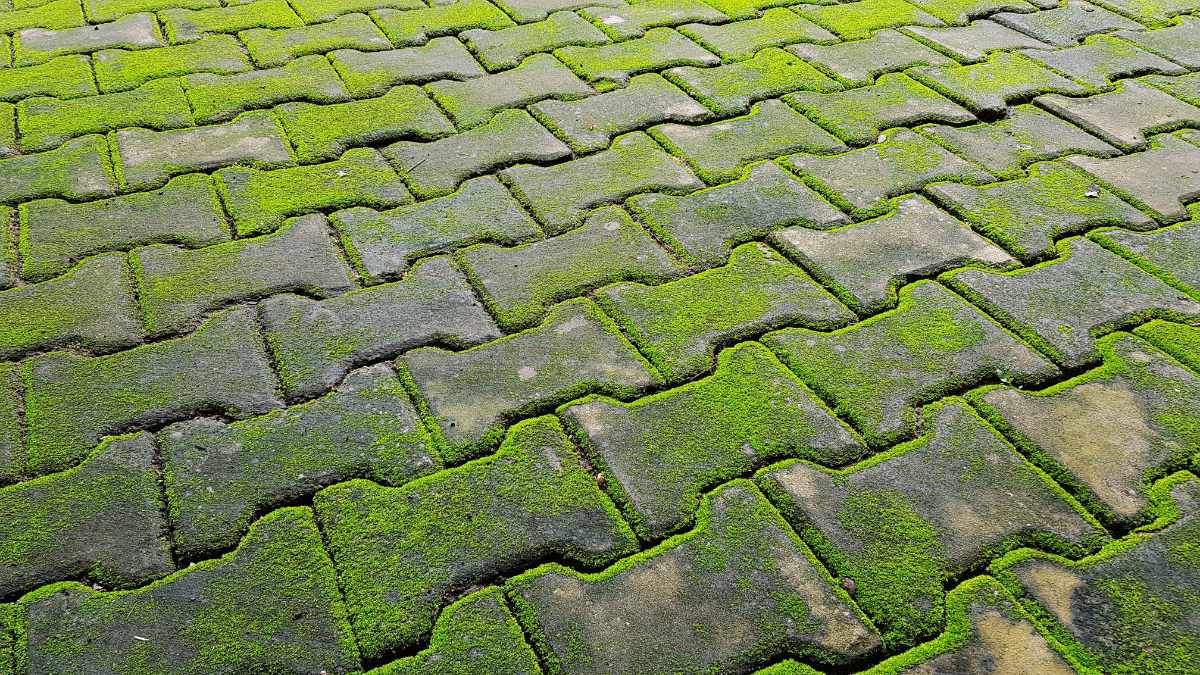Quality matters when hiring for a big project. Call a Five Star Rated professional now!
Weeds are one of the most common problems in any lawn or home garden. To combat this issue, many people turn to weed killers as an effective solution. Weed killers come in various forms, such as sprays, granules, and liquids that can be applied directly to the weeds or mixed with water and sprayed on the affected area. Generally speaking, most weed killers will start working 5 to 7 days after application, but it may take up to two weeks before they are fully effective. We look at some of the factors that determine how long weed killers take. Plus, we offer some tips on how to keep your pet safe while weed killers are active in your yard.
How Long Does It Take Weed Killer To Work?
With careful planning and preparation, weed killers are a great way to rid of troublesome plants. But how long does it take for these products to work? The answer depends on the type of weed killer being used. Some products may take effect within hours or days, while others may require weeks or even months before they start showing results.
While you may see results in as little as a few hours, most spray-on weed killers usually take 5 to 7 days. But they can take 14 to 30 days to kill the weeds entirely. Unfortunately, some spray treatments can kill more than just weeds. Also, overusing them can impact grass, flowers, and other plants.
Most herbicides meant for long-term weed control usually take longer, often several weeks from the first application. They also may take several applications before they are totally effective. But unlike some spot treatments, they are more effective at killings weeds without affecting your other plants.
Additionally, it depends on the size of the area involved. Killing a few weeds along the seam of your driveway takes less time than weeding an entire lawn.
Also, spay weed killers will take care of existing weeds but do not prevent them from coming back. For persistent weed issues, you will need to treat the area more often.
Common Types of Herbicides
While we call them weed killers, these products are actually all herbicides. Each herbicide is made from chemicals that are meant to kill undesirable plants or prevent them from growing. Additionally, some weed killers are more effective against certain types of weeds than others.
There are several types of weed killers, including:
- Selective herbicides: These are designed to target specific types of weeds while leaving other plants unharmed.
- Non-selective herbicides: These kill all types of plants and are typically used for clearing land or for areas where no vegetation is desired.
- Pre-emergent herbicides: These are applied before weeds germinate and are effective in controlling annual weeds that germinate from seeds.
- Post-emergent herbicides: These are applied after weeds have emerged and are effective in controlling perennials and woody shrubs.
- Systemic herbicides: These are absorbed by the plant and move throughout its system, killing the entire plant.
- Contact herbicides: These only kill the parts of the plant that they come in contact with and do not move throughout the plant’s system.
- Natural or organic herbicides: These are derived from natural sources and are considered more environmentally friendly than synthetic herbicides.
Depending on the type of weed killer you use, it may include several different types of herbicides. For example, it could be non-selective, post-emergent, and contact.
It’s important to note that the choice of weed killer will depend on the type of weeds you’re trying to control, as well as the type of plants and crops you want to protect. Before using any weed killer, it’s important to carefully read the label and follow the instructions to ensure safe and effective use.
Common Chemicals in Weed Killers
There are several chemicals commonly used in weed killers, including:
- Glyphosate: A non-selective herbicide that is widely used in both agriculture and residential settings. It works by inhibiting an enzyme that is necessary for the synthesis of certain amino acids in plants, leading to the death of the plant.
- 2,4-Dichlorophenoxyacetic acid (2,4-D): A selective herbicide that is often used to control broadleaf weeds in turf grass, agricultural crops, and other areas.
- Dicamba: A selective herbicide that is used to control broadleaf weeds in agricultural crops and residential landscapes.
- Paraquat: A non-selective herbicide that is used to control a wide range of weeds in agricultural crops and residential landscapes.
- Diquat dibromide: A non-selective herbicide that is used to control weed growth in a wide range of aquatic and terrestrial areas, including residential lawns.
While these chemicals are effective in controlling weeds, they can also have negative effects on the environment and on human health if they are not used properly. Therefore, always follow the instructions on the label and take necessary precautions when using weed killers.
How Long Do You Need To Stay off the Grass After Using Weed Killer?
It is important to remember that weed killers and herbicides are types of poison. Even in low doses, they are dangerous for pets and humans. Unfortunately, most weed-killing products include vague timelines for staying off the grass.
This is especially common with most glyphosate herbicides, with labels saying they are safe once the product dries completely. The chemical glyphosate is used in most spot-treatment weed killers, including the popular Roundup products.
However, most lawn care experts recommend you and your pets stay off grass for at least 48 hours after treatment. Lawn care companies will give you a specific time to stay off the grass depending on the commercial weed killers they use.


 Top Categories
Top Categories













